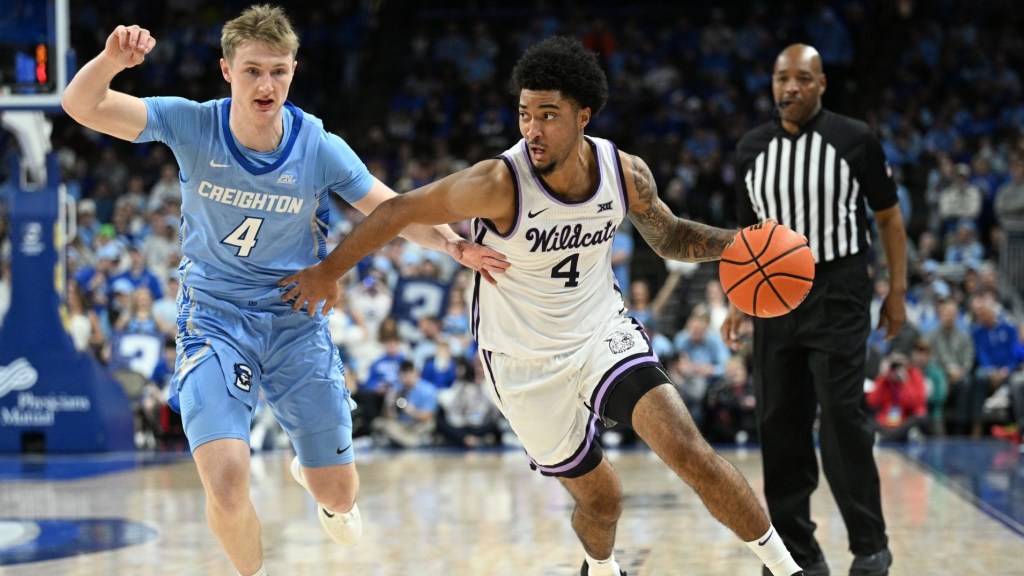One of college football’s true bluebloods and most popular programs is getting a major facility upgrade. But all is not happy in Happy Valley, and the project further signals the growing pressures of college sports.
Penn State’s board of trustees on Tuesday approved a $700 million renovation of Beaver Stadium, with the iconic facility set to open in its new form in 2027. The project has been actively discussed since early last year, but only a preliminary, $70 million design phase had previously been approved.
The planned work will see the 106,572-seat facility—the second largest in college football—receive a wide range of enhancements, including wider concourses, additional restrooms, new escalators, an upgraded videoboard and lights, more premium seating, and winterization enhancements to better allow for hosting late-year events such as early rounds of the College Football Playoff.
Also in the works is a new welcome center and 21,000-square-foot indoor facility at Beaver Stadium that will further cement the venue as the “front door” for the entire Penn State campus in State College, Pa. The project will be funded through Penn State’s athletic department, using a combination of loans, fundraising, and capital budget. Completion is targeted for 2027.
“This project is vital. It’s vital to substantially transform the fan experience and the community experience,” said Penn State president Neeli Bendapudi. “So many lives are dependent on the success of Penn State, and this [project] will set us up for a successful future.”
The vote among the Penn State governing body to green-light the project was 26–2, with three abstentions. But despite the overwhelming margin, a nearly two-hour hearing leading up to the vote was often combative, with critics of the project frequently alleging an overly short approval process and issues within the project’s financial modeling. An attempt by several of the critics to delay Tuesday’s vote to July 8 failed.
“The public should know that a $700 million item is being rushed [through] for no good reason,” said trustee Alvin de Levie.
Keeping Up
The vote arrived as Beaver Stadium last received a significant renovation in 2001. Since then, the entire business of college sports has turned over—multiple times—and Penn State is now part of a Big Ten Conference that is a coast-to-coast entity with ambitions to retain its status as the top-earning conference, while a facility arms race continues to overtake college football.
Fellow Big Ten member Nebraska recently pushed back plans to renovate that school’s Memorial Stadium. But Penn State officials said there was a risk and urgency that mandated not waiting in their case.
“We are behind, both in fixing the necessary structural needs in the stadium, and [in] what we provide our fans,” said Penn State athletic director Pat Kraft. “It is time for Penn State to catch up to its peers. Beaver Stadium should be more than just average, more than just comparable to others. … Doing nothing is not an option.”
















